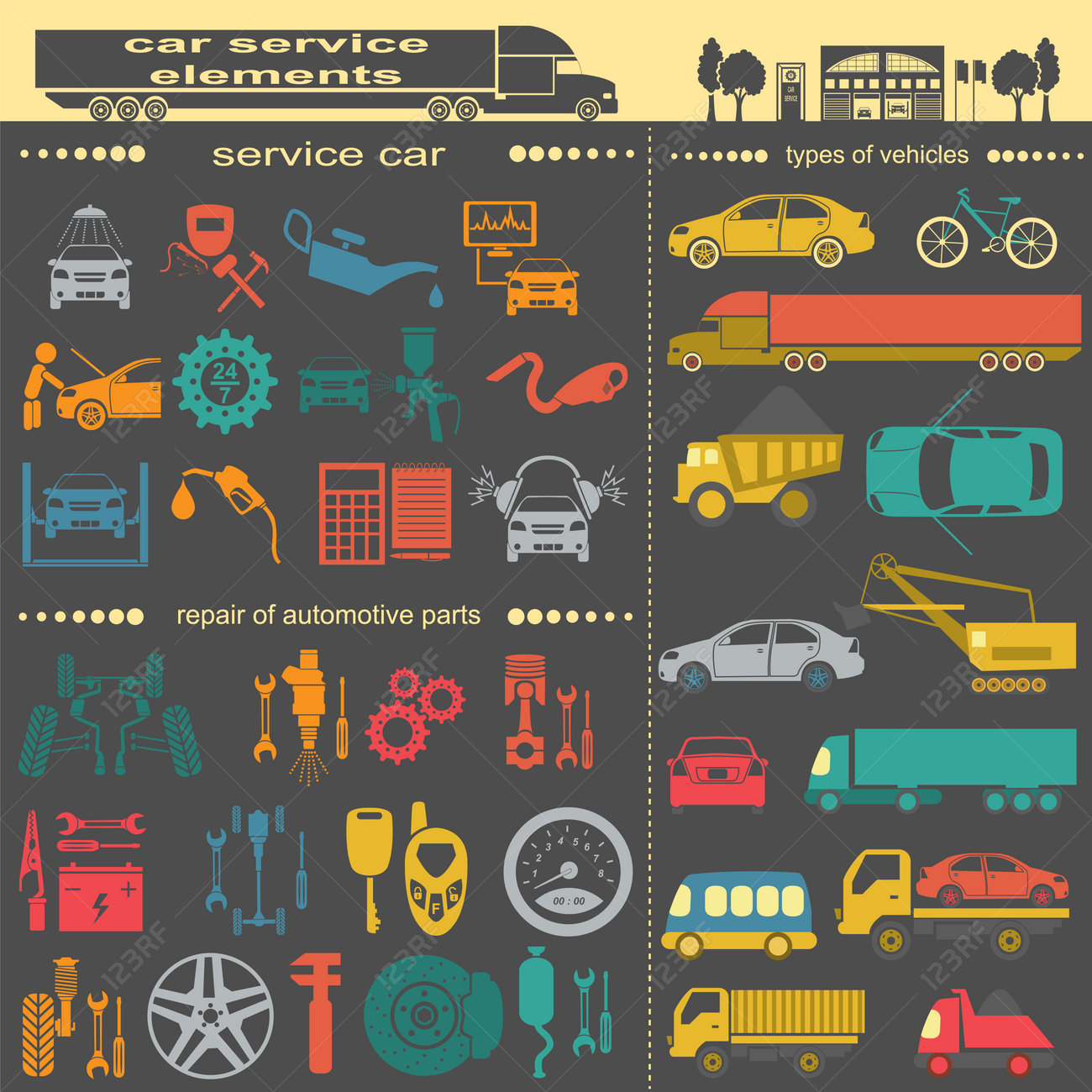Examining Your Car'S Caution Indicators: What They Truly Communicate
Examining Your Car'S Caution Indicators: What They Truly Communicate
Blog Article
Web Content Develop By-Faulkner Shepherd
When you lag the wheel, those radiant warning lights on your control panel can be a bit complicated. Do you understand what they're attempting to inform you regarding your vehicle's wellness? Understanding the value of these lights is essential for your security and the durability of your car. So, the next time among those lights turns up, would not you want to decipher its message accurately and take the needed actions to address it?
Common Warning Lighting and Interpretations
Identify common caution lights in your auto and comprehend their definitions to ensure risk-free driving.
One of the most typical warning lights consist of the check engine light, which signals problems with the engine or exhausts system. If this light begins, it's essential to have your lorry checked promptly.
The oil stress advising light suggests reduced oil pressure, needing prompt focus to avoid engine damage.
A flashing battery light might recommend a damaged billing system, possibly leaving you stranded if not dealt with.
The tire pressure tracking system (TPMS) light notifies you to low tire pressure, impacting vehicle stability and fuel efficiency. Disregarding this can bring about unsafe driving conditions.
The abdominal light indicates a problem with the anti-lock stopping system, endangering your capacity to stop swiftly in emergency situations.
Finally, the coolant temperature level alerting light warns of engine getting too hot, which can cause severe damage otherwise fixed quickly.
Recognizing these common warning lights will assist you attend to problems promptly and maintain risk-free driving problems.
Value of Prompt Interest
Understanding the typical warning lights in your automobile is just the first step; the value of without delay dealing with these cautions can not be emphasized sufficient to guarantee your security when driving.
When a warning light brightens on your control panel, it's your cars and truck's means of interacting a potential problem that needs interest. Overlooking https://www.consumerreports.org/car-repair/your-car-repair-handbook/ can lead to a lot more serious troubles later on, compromising your safety and security and possibly costing you much more out of commission.
Motivate interest to warning lights can prevent breakdowns and crashes. For instance, a blinking check engine light can show a misfire that, if left ignored, could cause damages to the catalytic converter. Addressing this immediately can save you from an expensive fixing.
In a similar way, a brake system advising light could signify low brake fluid or used brake pads, crucial parts for your safety and security when driving.
Do It Yourself Troubleshooting Tips
If you see a warning light on your control panel, there are a couple of DIY repairing ideas you can attempt before seeking professional help.
The initial step is to consult your vehicle's handbook to recognize what the particular warning light indicates. Often the concern can be as simple as a loose gas cap activating the check engine light. Tightening the gas cap may solve the problem.
One more common problem is a reduced battery, which can set off numerous cautioning lights. Examining the battery connections for deterioration and ensuring they're protected might take care of the problem.
If a warning light continues, you can try resetting it by separating the cars and truck's battery for a few mins and then reconnecting it. Additionally, examining your vehicle's fluid degrees, such as oil, coolant, and brake fluid, can aid repair alerting lights associated with these systems.
Verdict
Finally, comprehending your cars and truck's warning lights is vital for maintaining your car running efficiently and safely. By promptly dealing with these signals and understanding what they indicate, you can stay clear of pricey repair services and potential breakdowns.
Keep in visit website to consult your auto's handbook for specific details on each cautioning light and do something about it appropriately to make certain a hassle-free driving experience.
Stay notified, remain risk-free on the road!
